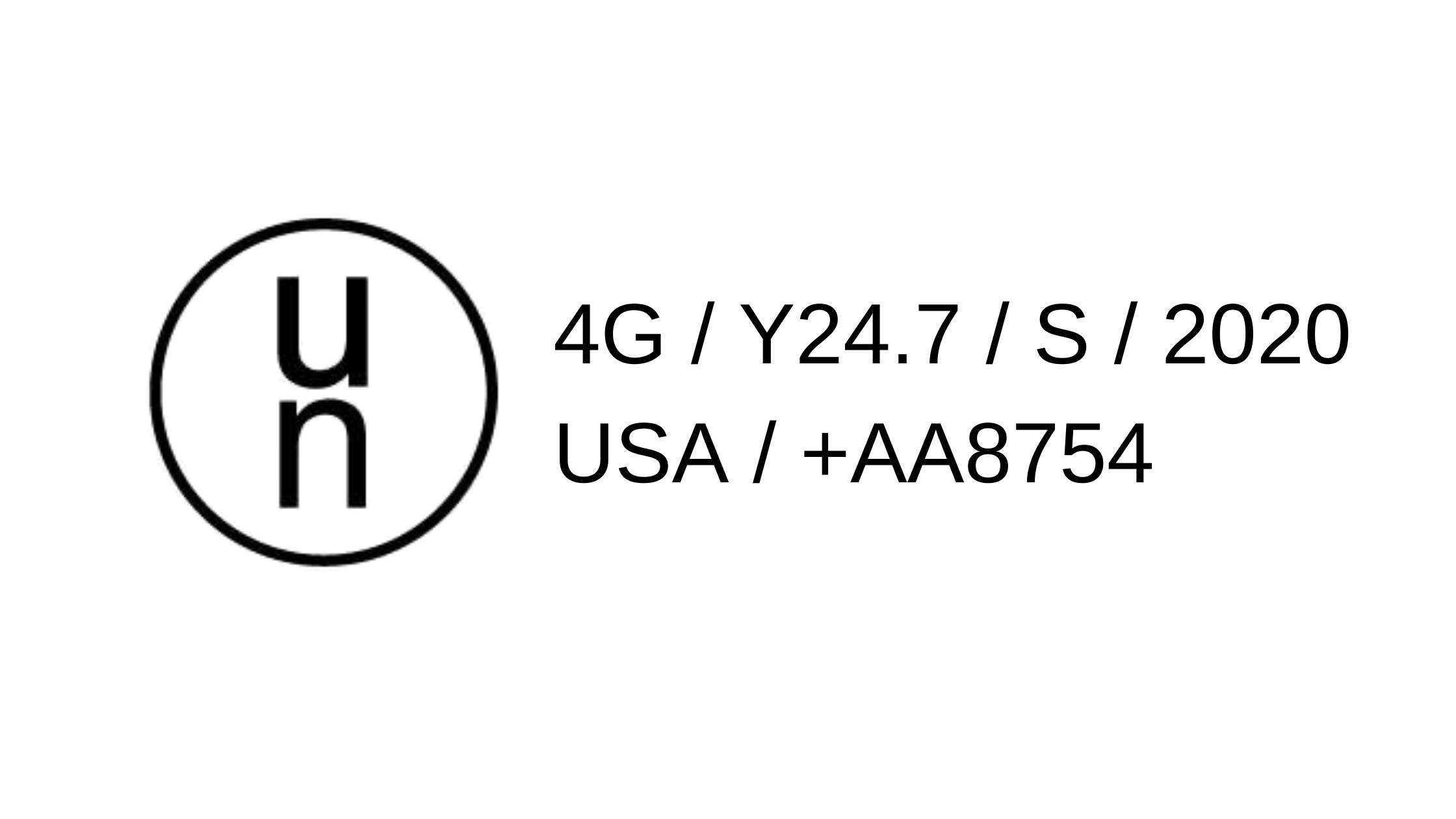While we often associate product packaging with protecting goods that we order online for delivery to our homes or that which we shop for at the grocery store, it’s essential to keep in mind that packaging applies to all goods and products – including that of which is potentially dangerous. And, fittingly, dangerous goods require more rigorous packaging requirements – both as it pertains to the safety of individuals that are going to be handling the product and its shipment to ensure the product safely arrives at its destination.
That’s where UN certified, or approved, packaging enters the picture. UN certified packaging always features a string of codes that are printed on the package to help identify its hazard classification and features of the product that is inside of it. This identification, along with packaging group identification, helps keep a package safe during transit, primarily through the air where packages must be able to withstand the many bumps and jolts that they’re likely to encounter along the way. Simply put, UN packaging is a universal means to make sure that any dangerous solids or liquids are transported safely from their origin to their destination. We talk all about UN tranport standards here.
This post will discuss some of the standard UN markings to look for, what they mean, and how to read the code that you’ll find on the package. Here’s a look:
UN Markings Explained
It’s not difficult to determine UN certified packaging. This letters “UN” should be printed on the package, preceding the rest of the code. But after the UN symbol is where the letters and numbers might get confusing if you don’t know how to read the rest of the markings. Here’s a breakdown of how to read these markings.

Here’s a look at how to read it from the start.
Type of Package
UN markings will always begin with a number that identifies the type of package that it is. These numbers range from 1 through 7 and are, in order:
- Drums
- Barrels
- Jerricans
- Boxes
- Bags
- Composites
- Pressure Receptacles
In our example above, the “4” would stand for “boxes.”
Material and Category
After the type of package is designated, the material used in the package is listed. This is marked as a letter, ranging from A to P:
- Steel
- Aluminum
- Wood
- Plywood
- Reconstituted Wood
- Fiberboard
- Plastic
- Textile
- Paper
- Other Metal
- Glass
Following the material, any subcategory is listed. For example, drum packaging may have a removable or non-removable head. Boxes may be ordinary or with coatings. These subcategories are often listed with a number. The “G” would designate a fiberboard box with a sift proof wall in our example above.
Packaging Group
Next, you’ll find a letter – either X, Y, or Z – indicating the hazardous packaging group that the item classifies as. Products are broken down into three packaging groups. Group 1 (X) indicates a high level of danger; Group 2 (Y) indicates medium risk, and Group 3 (Z) indicates a low level of danger. Following the packaging group indication, the max gross mass is listed.
Solid or Liquid?
Next, the marking will indicate whether the substance is a solid or a liquid. If it’s a solid, an “S” will display. If it’s a liquid, its hydrostatic test pressure is listed in numeric form.
Year and Country of Manufacture
The next two pieces of the code are the last two digits of the year the package was manufactured and where the package was manufactured. For instance, a package that was made in 2020 in the United States, like our example above, will appear “20/USA.”
UN Certifying Agency/Manufacturer
The last letter and numbers in the marking are the manufacturer certifying code.
Contact Us Today
So how do you go about acquiring UN certified packaging for your hazardous product? That’s where we come in. CDF Corporation is an experience flexible packaging manufacturer, we can meet your hazardous packaging requirements and ensure that your item is safely packaged and safely transported to its destination. If you want more information on factors you should consider when choosing a UN packaging supplier, check out the blog here.
Contact us today for more information on UN certified packaging!